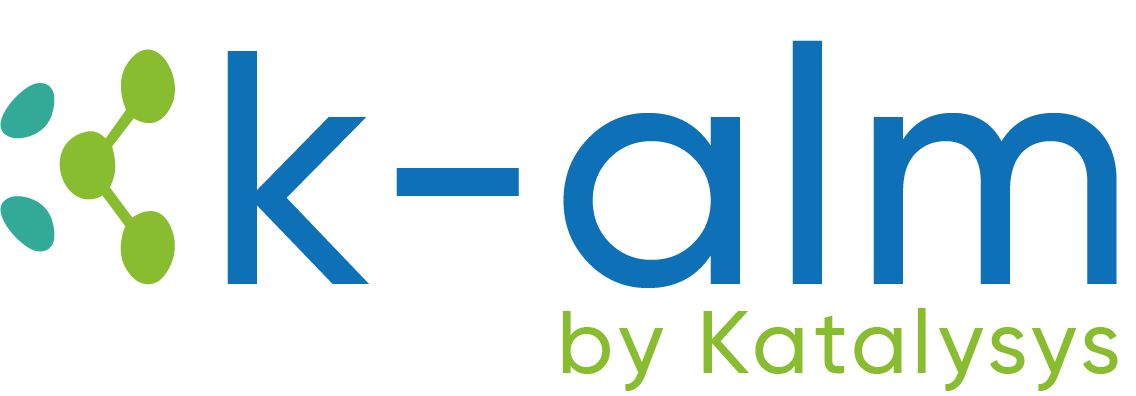What k-alm® offers?
k-alm® is software-as-a-service solution that has been developed by our diverse team of banking, prudential regulation, finance, computer science, data science and software engineering and technology professionals. They have used their experience working within finance, treasury, and technology functions at pre-eminent banks such as HSBC, Barclays, Santander and Morgan Stanley.
Robust Functionality
Supports key processes such as the Internal Capital Adequacy Process (ICAAP) and Internal Liquidity Adequacy Process (ILAAP) and Recovery Plan (RP).
Generates regulatory returns.
Ensures regulatory compliance by aligning with Prudential Regulatory Authority and Basel Committee standards.
Helps you establish a robust control framework and comply with Model Risk Management Principles.
Informs management decision making
Detailed reports and analysis.
Charts and management dashboards.
Download reports and raw data into Excel for further analysis.
Helps you establish a robust control framework and comply with Model Risk Management Principles
Improves Efficiencies
Removes the inherent challenges and risks that come with using Excel Workbooks.
Integrates automation, regulatory alignment, and customisation for enhanced efficiency and accuracy.
Take a closer look at k-alm®
Explore the solutions
k-alm® offers a user-friendly interface that is easy to navigate and operate, with customisable workflows that make it easy for teams to adopt.
Liquidity Stress Testing (LST)
Addresses the growing complexity of liquidity and funding risk management, offering a solution that combines automation, regulatory alignment, and customisation. Simulate stress scenarios; assess compliance with the Overall Liquidity Adequacy Rule (OLAR); evaluate liquidity metrics like the Liquidity Coverage Ratio (LCR) and Net Stable Funding Ratio (NSFR); assess survival days; and make informed decisions during liquidity challenges.
Interest Rate Risk on the Banking Book (IRRBB)
Designed to evaluate the potential impacts of interest rate changes on a bank’s capital and earnings through Economic Value of Equity (EVE) and Net Interest Income (NII) assessments.
IRRBB provides outputs aligned with the PRA and Basel Committee on Banking Supervision (BCBS) Guidelines including SS231/15 and Internal Capital Adequacy Assessment Process (ICAAP) rules.
Liquidity Core
Fully automate data processing, calculations, and reporting:
Calculate the current and projected Liquidity Coverage Ratio (LCR) and Net Stable Funding Ratio (NSFR).
Generate the LCR, NSFR and Additional Liquidity Monitoring Metrics (ALMM) returns.
Include customised liquidity and funding metrics defined in the risk appetite, which can be derived from your regulatory returns and underlying data.
Funds Transfer Pricing (FTP)
Funds Transfer Pricing (FTP) aids banks in liquidity, funding, balance sheet, and profitability management and product pricing. The FTP solution is based on the widely used industry standard ‘matched maturity method’, in which funds are priced based on market rates, considering the behavioural tenor.
For most banks, FTP plays a crucial part in the process of setting both asset and liability interest rates. The mechanism is designed to not only account for the cost of funds, but also consider market rates, liquidity buffer costs, capital charges, and operational and other costs that are associated with banks’ lending and deposit taking activities.
Capital Stress Testing (CST)
Capital Stress Testing is designed to help banks assess the impact of various stress scenarios on capital requirements and capital adequacy for a forward looking 3 to 5 years, while ensuring compliance with the Overall Financial Adequacy Rule (OFAR).
Developed with deep industry expertise, CST addresses the increasing complexity of capital scenario stress testing by providing a solution that integrates automation, regulatory alignment, and customisation for enhanced efficiency and accuracy.
Request your personalised demo
Key benefits of k-alm®
Whilst each solution has its own unique features and benefits, these are underpinned by four key pillars.
-

Future Proofed
You can be safe in the knowledge that k-alm is compliant with Prudential Regulatory Authority (PRA) and Basel Committee standards. Regular reviews ensure it stays current with the latest regulatory updates and industry best practices and takes account of feedback to improve the user experience.
As your bank evolves, k-alm will adapt to your changing needs by, for example, accommodating increased data volumes and additional currencies. As it can be easily customised you can personalise the experience at any time, such as configuring new stress scenarios, applying behavioural assumptions or changing risk appetite thresholds.
-

Cost Effective
Simple and transparent pricing offers exceptional value for money and can be tailored to offer fixed pricing over multiple years.
Being cloud based means that you don’t have to worry about additional internal IT support and costs,
Banks that implement k-alm find that it helps them automate and streamline end to end processes saving time and money.
-

Secure and Reliable
It is built on the Microsoft.Net platform, integrating with a SQL server and third-party libraries to enhance the user experience.
Being deployed on a single-tenant basis means that each bank’s data is stored in a separate database.
Using a hybrid on-premise and cloud-based infrastructure allows data to be anonymised and desensitised before it is uploaded and processed securely in an Amazon Web Services environment with advanced AES-256 encryption.
-

Consultant Led Support
The implementation and success of your k-alm adoption is made possible with our high-quality onboarding and support programme.
Dedicated training is reinforced with comprehensive user guides and ongoing access to k-alm experts to help you troubleshoot issues and answer any questions you may have.










